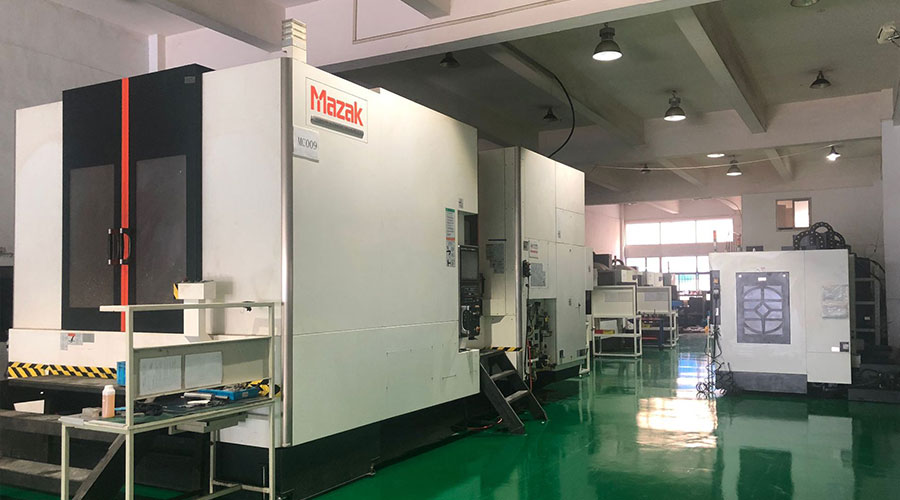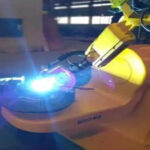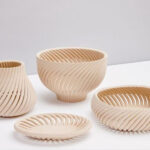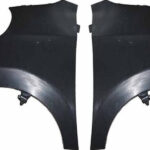With COVID-19 causing severe damage in the global supply chain, the trend of bringing manufacturing closer to customers may further develop to place micro-manufacturing factories in people’s living rooms.
Most products in American homes are labeled “Made in China”, but even products with the words “Made in America” often come from China and are now often delayed. The coronavirus pandemic has closed so many factories in China that NASA can observe the resulting reduction in space pollution, and some products are becoming more and more difficult to find.
But at the same time, there are open-source, free digital designs that can use 3D printers to make millions of projects, and their number is growing exponentially. This is also the focus of academia on open hardware design. Open source medical hardware has shared some designs to help during the pandemic, such as face masks, masks and ventilators. Free digital product design goes far beyond pandemic hardware.
The price of 3D printers has fallen enough to be acceptable to most Americans. People can download, customize and print various products at home, and the final cost is usually lower than the cost of purchasing the product.
From rapid prototyping to home factory
Table of Contents
Not long ago, the industry generally believed that the lowest-cost manufacturing industry was large-scale mass production in low labor cost countries like China. At that time, in the early 2000s, only Fortune 500 companies and major research universities could use 3D printers. These machines are huge and expensive tools used to quickly prototype parts and products.
More than ten years ago, the patent had expired on the first type of 3D printing technology. A professor in the United Kingdom put forward an interesting idea, that is, to make a 3D printer that can print on its own. He started the RepRap project-short self-replicating rapid prototyping-and released the design with an open source license on the web. These designs spread like wildfire and were soon invaded and improved by thousands of engineers and hobbyists around the world.
Many of these manufacturers started their own companies to produce variants of these 3D printers, and now people can buy 3D printers for $250 to $550. Today’s 3D printers are mature additive manufacturing robots that can manufacture products one layer at a time. Additive manufacturing is permeating many industries.
My colleagues and I have observed a clear trend because the technology threatens major damage to global value chains. Often, companies are transitioning from using 3D printing for prototyping to using 3D printing to internally produce the products they need. They also use 3D printing to bring manufacturing closer to the customer, thereby reducing inventory and shipping requirements. Some customers have already purchased 3D printers and made their own products.
This is not a small trend. Amazon now lists 3D printing filaments (raw materials for 3D printers) as well as batteries and towels under “Amazon Basics.” Generally, when people print products at home, they can save 90% to 99% of the commercial price.

We had predicted that as more people print more and more products, the adoption of 3D printing and the transition to distributed manufacturing will be a slow process. But this is a real risk that the product cannot be used before the coronavirus spreads.
A good example of the strong demand for 3D printed products is personal protective equipment (PPE). The 3D Printing Exchange of the National Institutes of Health is a small design database of relativity, and its new PPE design has caused a sensation.
Due to the global impact of the coronavirus, the supply chain of 94% of the Fortune 1000 companies has been disrupted, and companies that rely on global procurement are facing difficult choices.
The value of industrial products continues to decline, because the coronavirus has greatly weakened demand with the closure of manufacturers and the quarantine of potential customers. This will limit people’s opportunities to use the product while increasing costs.
In industrialized countries around the world, due to strict isolation, home orders and other social distancing measures, the global supply chain is disrupted, which provides opportunities for distributed manufacturing to meet unmet demand. In the short to medium term, many people may find that certain products are unavailable or overpriced.
In many cases, they will be able to manufacture the products they need (if they can use a printer). Our research on global value chains found that 3D printing of plastics in particular has been very advanced, so any product with a large amount of polymer content (even if the parts are flexible) can also be 3D printed.
Beyond plastic
Even for beginners, it is easy to make functional toys and household items at home. The same goes for arthritis patients and other medical products, as well as adaptive aids for sporting goods such as skateboards.
Metal and ceramic 3D printing is already available and is rapidly expanding in a range of products, from high-cost medical implants to rocket engines, to low-cost improvements to simple mass-manufactured products with 3D printed stents. Printable electronics, medicines, and larger items such as furniture are beginning to be available or will appear in the near future. These more advanced 3D printers can help accelerate the trend towards distributed manufacturing, even if they will not appear in people’s homes.
There are some obstacles, especially for consumer 3D printing. The 3D printing filament itself will be affected by the disruption of the global supply chain, although the recyclebot technology allows people to use waste plastic to make filaments. Some metal 3D printers are still expensive, and many of the fine metal powders used as raw materials can be dangerous if inhaled, but there are now $1,200 metal printers that use more accessible welding wires. These new printers and new printers that can handle a variety of materials still need to be developed. There is still a long way to go before all products and their components can be 3D printed at home. Consider a computer chip.
Link to this article: The 3D printing revolution is finally here
Reprint Statement: If there are no special instructions, all articles on this site are original. Please indicate the source for reprinting:https://www.cncmachiningptj.com/,thanks!
 Sheet metal, beryllium, carbon steel, magnesium, 3D printing, precision CNC machining services for heavy equipment, construction, agriculture and hydraulic industries. Suitable for plastics and rare alloys machining. It can turn parts up to 15.7 inches in diameter. Processes include swiss machining,broaching, turning, milling, boring and threading. It also provides metal polishing, painting, surface grinding and shaft straightening services. The production range is up to 50,000 pieces. Suitable for screw, coupling, bearing, pump, gearbox housing, drum dryer and rotary feed valve applications.PTJ will strategize with you to provide the most cost-effective services to help you reach your target,Welcome to Contact us ( [email protected] ) directly for your new project.
Sheet metal, beryllium, carbon steel, magnesium, 3D printing, precision CNC machining services for heavy equipment, construction, agriculture and hydraulic industries. Suitable for plastics and rare alloys machining. It can turn parts up to 15.7 inches in diameter. Processes include swiss machining,broaching, turning, milling, boring and threading. It also provides metal polishing, painting, surface grinding and shaft straightening services. The production range is up to 50,000 pieces. Suitable for screw, coupling, bearing, pump, gearbox housing, drum dryer and rotary feed valve applications.PTJ will strategize with you to provide the most cost-effective services to help you reach your target,Welcome to Contact us ( [email protected] ) directly for your new project.
Link to this article:The 3D printing revolution is finally here
Reprint Statement: If there are no special instructions, all articles on this site are original. Please indicate the source for reprinting.:Cnc Machining,Thank!^^








